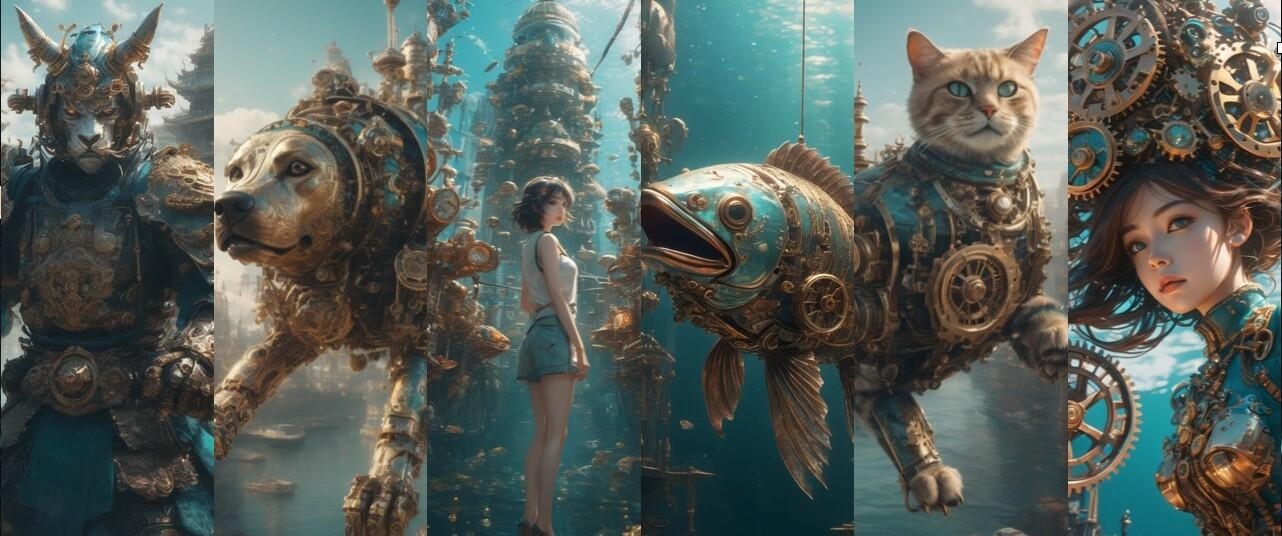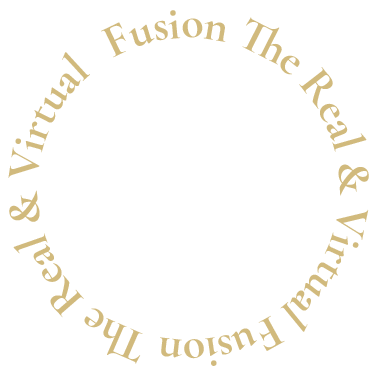
Art
CATEGORY 08

Fusion The Real & Virtual
Virtual Art Museum
Art installations utilizing virtual technology display digital art in public spaces and provide interactive experiences. For example, viewers can use smartphones or tablets to overlay digital art onto real landscapes. This allows art to extend beyond physical spaces, enabling viewers to enjoy a new experience where art merges with their surrounding environment. Furthermore, AR technology makes it possible for viewers to interact with artworks or manipulate parts of them. This makes the art experience more personal and immersive, capturing the audience’s interest.
Virtual Workshops
Virtual art workshops allow artists to guide art creation while interacting with remote participants in real-time. For instance, participants can create artworks from home under an artist’s guidance. This enables many people to receive art education beyond geographical constraints, contributing to the expansion of art communities. In virtual workshops, participants can receive real-time feedback and exchange opinions with other participants, enhancing the quality of learning. Additionally, workshop content can be recorded and viewed again later, increasing learning flexibility.
NFT Art
NFT (Non-Fungible Token) art is a new form of art that guarantees ownership and authenticity of digital art using blockchain technology. NFT art assigns a unique identifier to digital works and records their ownership and transaction history on the blockchain. This allows for the collection, trading, and exhibition of digital works without physical constraints. Artists can sell their works directly and earn royalties from secondary distributions, enabling them to build sustainable revenue models.

